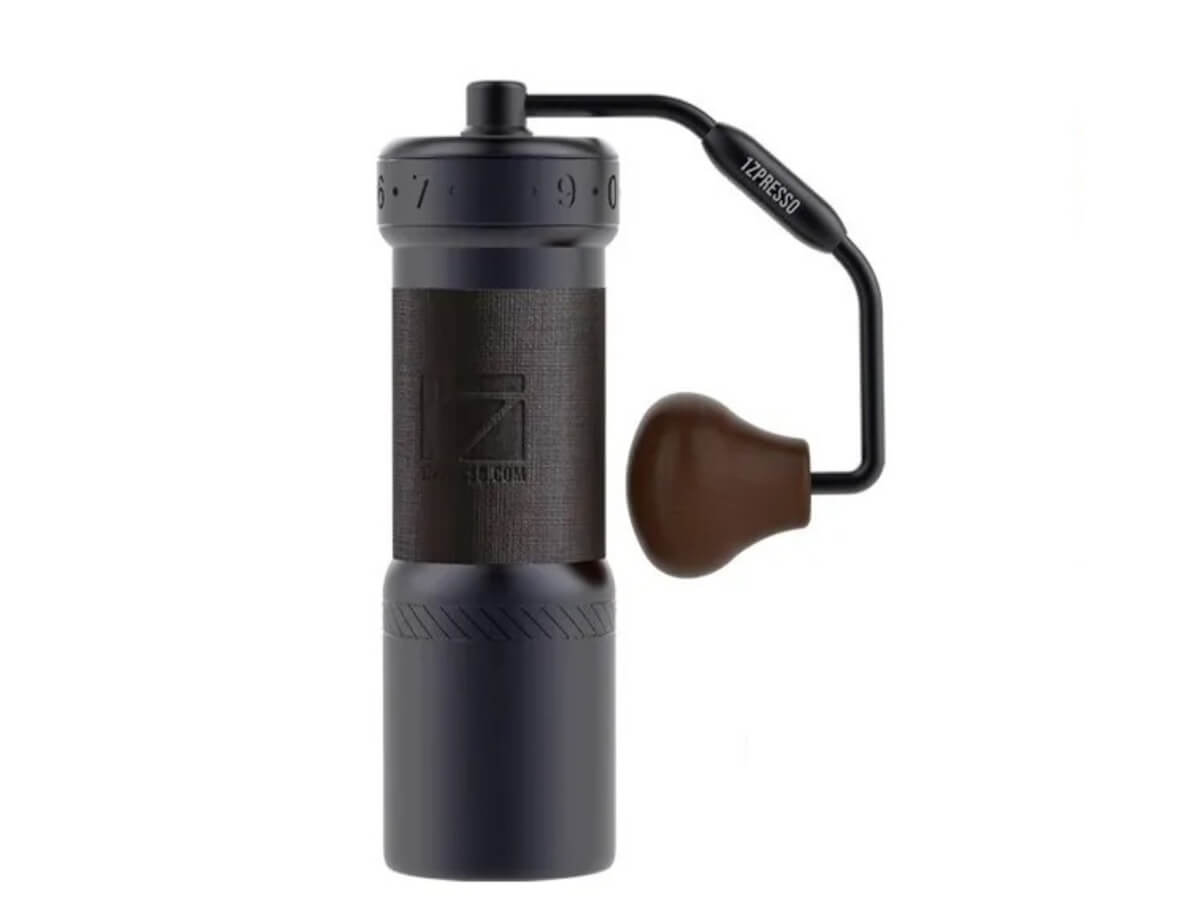The Ultimate Grinding Friend: 1Zpresso J-Ultra Coffee Mill
The Ultimate Grinding Friend: 1Zpresso J-Ultra Coffee Mill
Blog Article
Master the Art of Grinding Coffee Beans: A Guide to Coffee Grinders
For coffee fanatics, the procedure of grinding coffee beans is even more than just a routine job; it is an art type that can greatly affect the flavor and high quality of the final brew. Coffee mills play an essential duty in this delicate procedure, yet understanding their use entails greater than simply pressing a button. Comprehending the subtleties of different mill kinds, choosing the ideal work size, and using the right strategies are vital actions towards accomplishing that excellent mug of coffee. However, the trip towards coming to be a coffee grinding maestro doesn't finish there. As we explore the details of this craft, we will certainly discover upkeep keys, troubleshooting ideas, and extra, all aimed at elevating your coffee experience to new heights.
Kinds of Coffee Grinders
There are 3 key sorts of coffee mills generally utilized by coffee enthusiasts: blade grinders, burr grinders, and hand-operated mills. Blade mills are the a lot of standard kind, making use of a simple blade to cut the coffee beans. While they are budget friendly and very easy to make use of, they often cause irregular coffee premises as a result of inconsistent grinding. Burr mills, on the various other hand, provide more precision by squashing the beans in between a relocating grinding wheel and a non-moving surface area. This leads to an uniform grind dimension, which is critical for a regular coffee taste. Burr mills are available in both flat and conical forms, each offering somewhat different grinding characteristics.
Manual mills, as the name suggests, call for manual initiative to grind the coffee beans. Each kind of coffee grinder has its advantages and ideal use instances, catering to the varied choices of coffee lovers.

Selecting the Right Work Dimension
With an understanding of the various kinds of coffee mills, the following essential action in attaining the excellent cup of coffee is selecting the best grind dimension. The work dimension plays a significant role in identifying the taste account of your coffee (1Zpresso J-Max). Various brewing techniques call for details work dimensions to maximize the removal of tastes from the coffee premises
For a crude grind, suitable for French press and chilly mixture techniques, the coffee beans must look like breadcrumbs, supplying a durable and strong taste. Medium-coarse grinds, ideal for Chemex or Clever Dripper, have an appearance comparable to rugged sand, using a balanced preference.
Medium grinds, usually made use of in drip coffee machine, have an uniformity appearing like normal sand, causing a well-shaped taste. Fine grinds, best for espresso devices, belong to table salt, yielding an abundant and extreme taste. Extra-fine grinds, utilized in Turkish coffee, are as fine as powdered sugar and generate a solid and potent mixture.
Grinding Strategies for Optimum Taste
To draw out the greatest capacity of taste from your coffee beans, mastering appropriate grinding strategies is important. Consistency is vital when it comes to grinding coffee beans for ideal taste. By paying attention to these grinding strategies, you can elevate the taste account of your coffee and delight in a much more satisfying cup every time.
Maintenance and Cleansing Tips

Replace any kind of damaged parts without delay to maintain the high quality of your coffee grind. By following these upkeep and cleansing tips, you can make sure that your coffee mill continues to provide scrumptious freshly ground coffee for years to come.
Troubleshooting Common Grinder Issues


Guaranteeing your coffee mill operates efficiently calls for experienced troubleshooting of usual concerns that might develop during its use. One common trouble with coffee mills is irregular grind size. This concern can take place because of boring blades, improper calibration, or uneven coffee beans. To address this, ensure your mill's blades are sharp and appropriately lined 1Zpresso J-Ultra up, calibrate the grinder according to the wanted work size, and shake the mill carefully while in use to help attain a much more uniform work.
An additional regular issue is grinder obstructing. This can occur when oils from the coffee beans accumulate and block the mill's chute. To fix this, disassemble the mill and clean all parts extensively, paying special attention to the chute and burrs. Additionally, bear in mind overfilling the receptacle to stop clogs.
Lastly, if your mill is generating extreme sound during operation, it can show a problem with the electric motor or internal elements. In such instances, it is a good idea to seek advice from the producer's directions for troubleshooting steps or look for specialist support to detect and rectify the problem without delay.
Conclusion
In final thought, understanding the art of grinding coffee beans involves recognizing the various types of coffee mills, picking the right grind size, using appropriate grinding methods for optimum taste, and keeping and cleaning the grinder consistently. By following these guidelines and fixing usual mill issues, coffee lovers can raise their coffee developing experience and enjoy a tasty mug of coffee each time.
Report this page